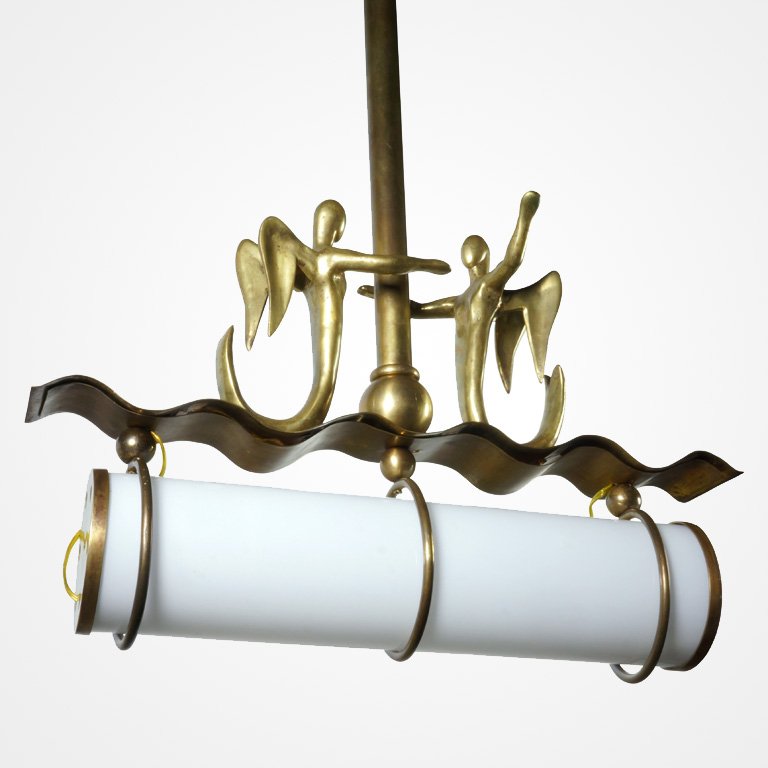Amazon’s new grab and go store’s technology allows you to slip your credit card into a reader, take what you want and go. Great huh! But some are skeptical. Everything is pre-packaged. One size fits all. What’s good for Amazon is good for us too? I doubt it because some of us are gonna want mustard and some mayo! We’re spending more time online and less and less time making friends. Is shopping only about getting stuff fast at the cheapest possible price? Why else do we shop? What makes us go to one place over another? Is it desireable for us to avoid human interaction? I worry that Amazon’s new store kills communication and kills jobs. Their website has done the same to many small businesses. Admittedly technology has helped us all but I think there are also negatives.
The poet and cleric John Donne wrote in 1623.
No man is an island, entire of itself; every man is a piece of the continent, a part of the main. If a clod be washed away by the sea, Europe is the less, as well as if promontory were, as well as if a manor of thy friend’s or of thine own were. Any man’s death diminishes me, because I am involved in mankind; and therefore never send to know for whom the bell tolls; it tolls for thee.
From that perspective cashier lines aren’t so bad. This was posted by my facebook friend Jackson McCard;
On this drizzly night in New York, getting coffee
Me: Thank you sir, for the coffee
Guy behind the counter: You’re welcome. Would you like a bag for your head?
Me: I beg your pardon ?!?!?!
Guy behind the counter (embarassed): For the rain.
HAHAHAHA
The internet connects us with people. It’s a miracle. It’s also contributed to a lot less face to face interaction. And it’s killing brick and morter one store at a time.
Dezzen’s interview with Rem Koolhous reported large buildings, going up in rural America, for fulfillment and farm equipment. They’re too big to build in cities. The face of the countryside is changing. The shocking thing is these buildings are designed for machines, not humans. Expensive enormous farm machines are shared by “partner farmers”. Machines so big that their size and cost dictates where the farms are physically located. These giant machines replace workers and their buildings ominously intrude on the landscape. While more efficient They’re putting our people out of work.
An evolving movement of young people rejects agribusiness and its advanced technologies. My son, an ivy league butcher, (a small group for sure) is working with small farmers. These young farmers value human enterprise respecting the animals and the earth. While they don’t reject technology in toto, their preference for more sustainable farming, and relationship building is making their lives more meaningful. These are the men and women of the farm to table movement.
I’m envious of their communities. It’s something I think is increasingly lost in the antiques business. Online marketplaces have made it possible to buy antiques and 20th century design, from dealers with whom you’ve never spoken. We can buy design without seeing it in the flesh. By promoting shopping convenience we’ve made walk in customers more and more scarce. The justifications for keeping an open shop are dwindling and many are closing. The same technology that was to increase our reach is making it increasingly difficult to build the person to person relationships that are essential to the health of the antiques business. The teaching that goes with essential hand examination of older pieces is being put aside. Fakes are evermore present as less and less people take time to see pieces in the flesh and learn how to tell the real from the fake.
I’m hoping as we create closer community ties in response to these unsettling times, we’ll learn that people and working directly with them makes us truly happy. I’m hoping our experiences will lead us to consider how we do business with each other and the value of trust and meaningful interpersonal interaction.
Come by! We want to share our knowledge and experience with you. We want the close personal relationships with you that are developeloped by face to face meeting. Talking with customers about antiques has been one of the great pleasures of what I do and I think that pleasure is mutual.
After the holidays come in and see us. We’ll make you a cup of tea and talk antiques.





